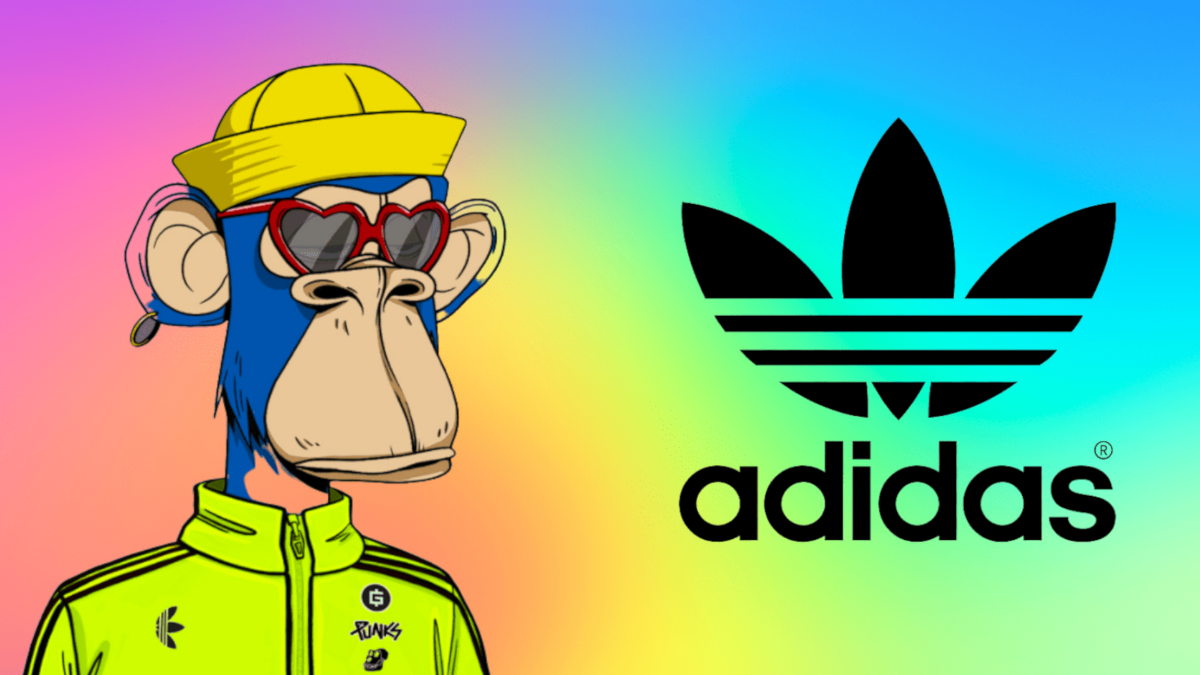The advent of Web3 marks one of the most transformative shifts in recent history. Unlike traditional Web2 business models, which rely on user data to generate revenue, Web3 offers a decentralised alternative where individuals can reap the rewards and profits for their own activity.
This community-focused ethos is rewriting the rules of engagement for nearly every sector, as Gen Z and Alpha lose trust in traditional Web2 marketing platforms and seek fairer, more equitable decentralised alternatives.
Today, 1 in 4 Gen Z own at least one cryptocurrency (which is even more impressive when you consider that half of this demographic is under the age of 18).
As brands seek to connect with younger consumers and drive preference over and above the competition, it’s clear the new frontier of marketing has arrived. Welcome to the future of Web3.
Beyond the hype… a new ecosystem for brands and consumers
Web3 is a broad term that encompasses a new ecosystem of play-to-earn gaming, metaverses, DAOs (decentralised autonomous organisations), NFTs, DeFi (decentralised finance) and so much more.
While many are quick to call out the hype, the numbers don’t lie. At its peak in December 2021, the total value locked in DeFi protocols hit more than $250 billion. Meanwhile, the global NFT market reached an all-time high market capitalisation of $22 billion that same month.
While the size and scope of the sector is staggering, it’s the shift in consumer behaviour that is even more telling. Consumers are increasingly gaining a distrust of centralised companies and middlemen and steadily pivoting to an open, equitable and trustless community-based governance that relies on smart contracts to enforce trust.
In this world, anyone can participate. Users aren’t just considered — they are prioritised, involved and incentivised. This ethos is what makes Gen Z so attracted to the space.
How should brands enter the Web3 space?
There is no definitive playbook to enter Web3. However, since the space is still nascent, early-adopter brands will have a first mover advantage. The only rule is to keep an experimental spirit and stay tuned to the cultural niche that Web3 natives have cultivated.
Some of these values include decentralisation, transparency, auditability, private ownership, personal sovereignty and community-led growth.
Brands can’t enter the Web3 space with Web2 tactics. Selling to people won’t work. At its core, Web3 marketing is about user empowerment and community building – in this context, selling is simply a by-product of building a strong relationship with your user base.
To help marketers make sense of this, let’s explore a quick example.

Adidas is a perfect example of a brand with a strong community-oriented strategy. The iconic sports brand established several strategic partnerships with key Web3 players to boost its presence in the space, including The Sandbox, Bored Apes Yacht Club and STEPN. In the process, Adidas built a 59,000-strong Discord community in just four months, selling over $15.7 million worth of NFTs that granted holders exclusive access to merchandise.
What’s coming next?
For brands and marketers, metaverse partnerships and NFTs offer a sound approach to test the waters of Web3. But look for NFTs to move beyond the confines of collectibles, profile pictures and passes for exclusive events.
The underlying technology (ie. its non-fungibility) means that NFTs are truly unique, verifiable sources of digital ownership — and the likes of Facebook, Twitter, Reddit and Snapchat will enhance this utility as ‘NFT 2.0’ adoption grows.
For now, brands should take the space seriously and look for ways to engage Web3 communities authentically and in line with a brand’s value proposition.
Featured image: Bored Ape, Adidas


























